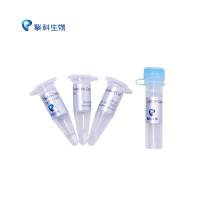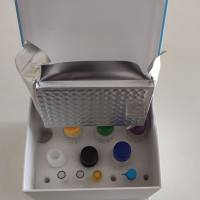Quantifying In Vivo Phosphoinositide Turnover in Chemotactically Competent Dictyostelium Cells
互联网
418
Phosphoinositide (PI) signalling is one of multiple signalling cascades involved in chemotaxis in Dictyostelium discoideum . PI signalling comprises a complex interaction of multiple enzymes, each with multiple phospholipid substrates and thus products, often relying upon several enzymes in series to produce a signal. PI turnover, controlled by both kinases and phosphatases, is also rapidly triggered and spatially constricted. This complexity makes understanding acute regulation of these signalling components problematic. However, the ubiquitous and extensive roles of phospholipids, including phosphatidylinositol-4,5-diphosphate (PI(4,5)P2 ), in cell signalling and developmental processes make understanding the production of these compounds of great importance. We have shown the acute reduction of PI phosphorylation in response to a widely used bipolar disorder and epilepsy treatment, valproic acid, as a potential therapeutic role for the drug using chemotactically competent Dictyostelium . Here we describe a means for measuring acute in vivo phospholipid labelling in Dictyostelium .









